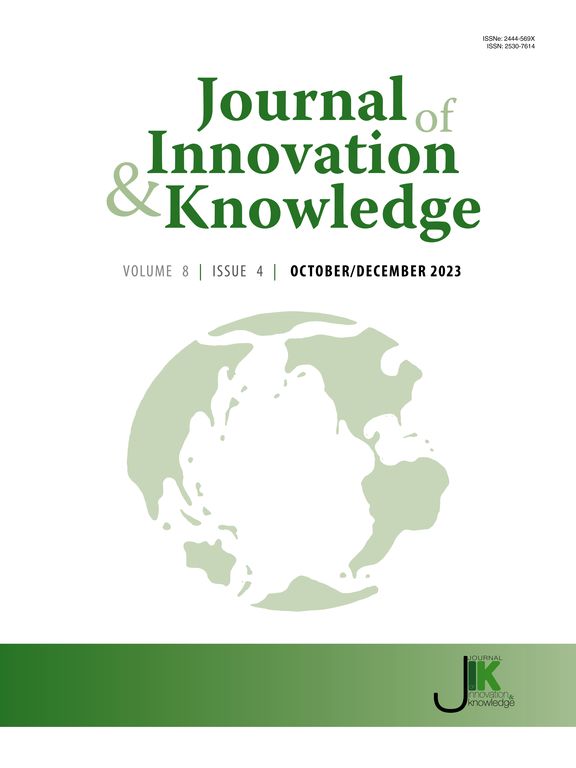一种数据驱动的深度学习方法,结合投资者情绪和政府干预,预测中国A股市场崩盘后的股票回报
IF 15.6
1区 管理学
Q1 BUSINESS
引用次数: 0
摘要
全球金融市场经常经历极端波动,这给预测股票回报带来了重大挑战,尤其是在市场崩盘之后。在这种情况下,由于投资者情绪高涨和强有力的监管干预,传统模型往往会动摇。在中国a股市场,预测崩盘后的个股回报尤其具有挑战性,因为a股市场的特点是高波动性和政府的积极参与。尽管深度学习已经推动了股票回报预测,但大多数研究都集中在一般市场状况上,或者仅仅依赖于从文本中提取的情绪,这使得公司层面的政府干预指标在很大程度上没有得到解决。为了弥补这一差距,我们提出了一个新的深度学习框架,利用历史后崩溃数据(“遥远的相对数据”)来预测未来的股票回报。与依赖于最近的崩盘前数据(通常忽略政府干预)的传统方法不同,我们的方法利用了已经反映投资者情绪和监管反应的崩盘后数据,来模拟金融和动量因素与随后回报之间的稳定关系,从而隐含地整合了政府干预对投资者行为的影响。我们使用2018年至2023年中国a股市场四次不同的“千股跌停”事件的数据来验证我们的框架。对于全连接神经网络(FCNN)模型,使用近邻数据训练产生的平均f1分数为0.219(2019),0.106(2020)和0.282(2022),而使用远相对数据将这些分数提高到0.571(2019),0.311(2020)和0.412(2022)。值得注意的是,合并两个遥远的相对数据集进一步将2020年和2022年的FCNN f1得分分别提高到0.627和0.533。此外,长短期记忆(LSTM)网络一直优于FCNN模型,强调了它们在捕获时间依赖性方面的优势。总体而言,我们的研究结果表明,利用多个历史危机数据集显著增强了崩盘后股票回报的预测。这种数据驱动的方法类似于用于数据平衡的SMOTE的独立应用程序,它提供了一个强大的框架,可以与其他危机后模型集成,从而为未来的研究和实际实施提供了有希望的方向。本文章由计算机程序翻译,如有差异,请以英文原文为准。
A data-driven deep learning approach incorporating investor sentiment and government interventions to predict post-crash stock return in China's A-share market
Global financial markets frequently experience extreme volatility, which poses significant challenges in forecasting stock returns, particularly following market crashes. Traditional models often falter under these conditions due to heightened investor sentiment and strong regulatory interventions. Predicting individual stock returns after a crash is especially challenging in China's A-share market, which is characterized by high volatility and active government involvement. Although deep learning has advanced stock return forecasting, most studies have focused on general market conditions or relied solely on sentiments extracted from texts, leaving firm-level government intervention metrics largely unaddressed. To bridge this gap, we propose a novel deep learning framework that leverages historical post-crash data ("distant relative data") to forecast future stock returns. Unlike conventional methods that rely on recent pre-crash data—often overlooking government interventions—our approach leverages post-crash data, where investor sentiment and regulatory responses are already reflected, to model stable relationships between financial and momentum factors and subsequent returns, thereby implicitly integrating the effects of government interventions on investor behavior. We validate our framework using data from four distinct "thousand-stock limit-down" events in China's A-share market from 2018 to 2023. For the Fully Connected Neural Network (FCNN) model, training with close neighbor data yielded average F1-scores of 0.219 (2019), 0.106 (2020), and 0.282 (2022), whereas using distant relative data improved these to 0.571 (2019), 0.311 (2020), and 0.412 (2022). Notably, incorporating two distant relative datasets further boosted the FCNN F1-scores to 0.627 and 0.533 for 2020 and 2022, respectively. Additionally, Long Short-Term Memory (LSTM) networks consistently outperform FCNN models, underscoring their advantages in capturing temporal dependencies. Overall, our findings indicate that leveraging multiple historical crisis data sets significantly enhances post-crash stock return predictions. This data-driven approach, analogous to the stand-alone application of SMOTE for data balancing, offers a robust framework that can be integrated with other post-crisis models, thereby providing promising directions for future research and practical implementation.
求助全文
通过发布文献求助,成功后即可免费获取论文全文。
去求助
来源期刊

Journal of Innovation & Knowledge
Multiple-
CiteScore
16.10
自引率
12.70%
发文量
118
审稿时长
37 days
期刊介绍:
The Journal of Innovation and Knowledge (JIK) explores how innovation drives knowledge creation and vice versa, emphasizing that not all innovation leads to knowledge, but enduring innovation across diverse fields fosters theory and knowledge. JIK invites papers on innovations enhancing or generating knowledge, covering innovation processes, structures, outcomes, and behaviors at various levels. Articles in JIK examine knowledge-related changes promoting innovation for societal best practices.
JIK serves as a platform for high-quality studies undergoing double-blind peer review, ensuring global dissemination to scholars, practitioners, and policymakers who recognize innovation and knowledge as economic drivers. It publishes theoretical articles, empirical studies, case studies, reviews, and other content, addressing current trends and emerging topics in innovation and knowledge. The journal welcomes suggestions for special issues and encourages articles to showcase contextual differences and lessons for a broad audience.
In essence, JIK is an interdisciplinary journal dedicated to advancing theoretical and practical innovations and knowledge across multiple fields, including Economics, Business and Management, Engineering, Science, and Education.
 求助内容:
求助内容: 应助结果提醒方式:
应助结果提醒方式:


